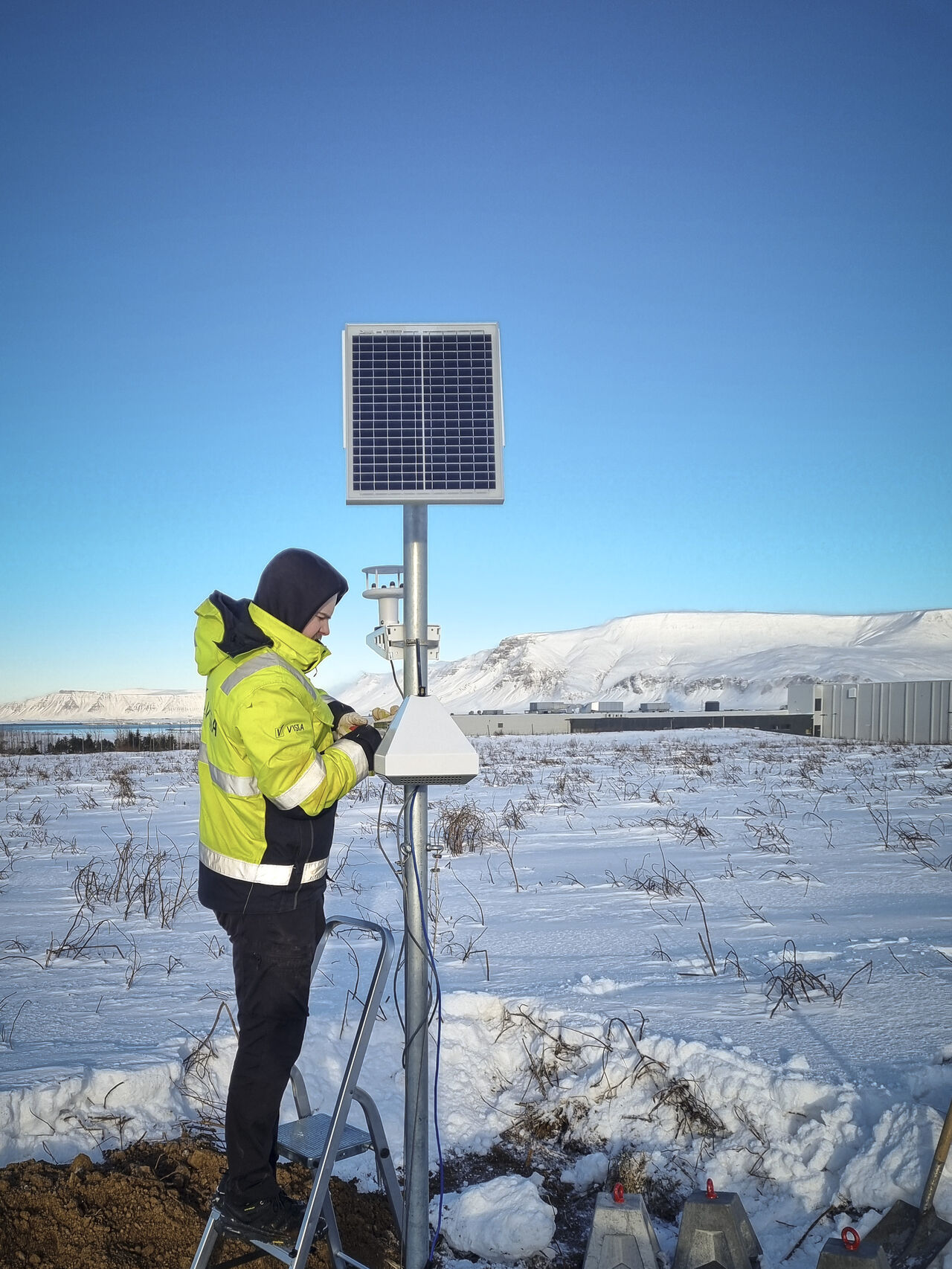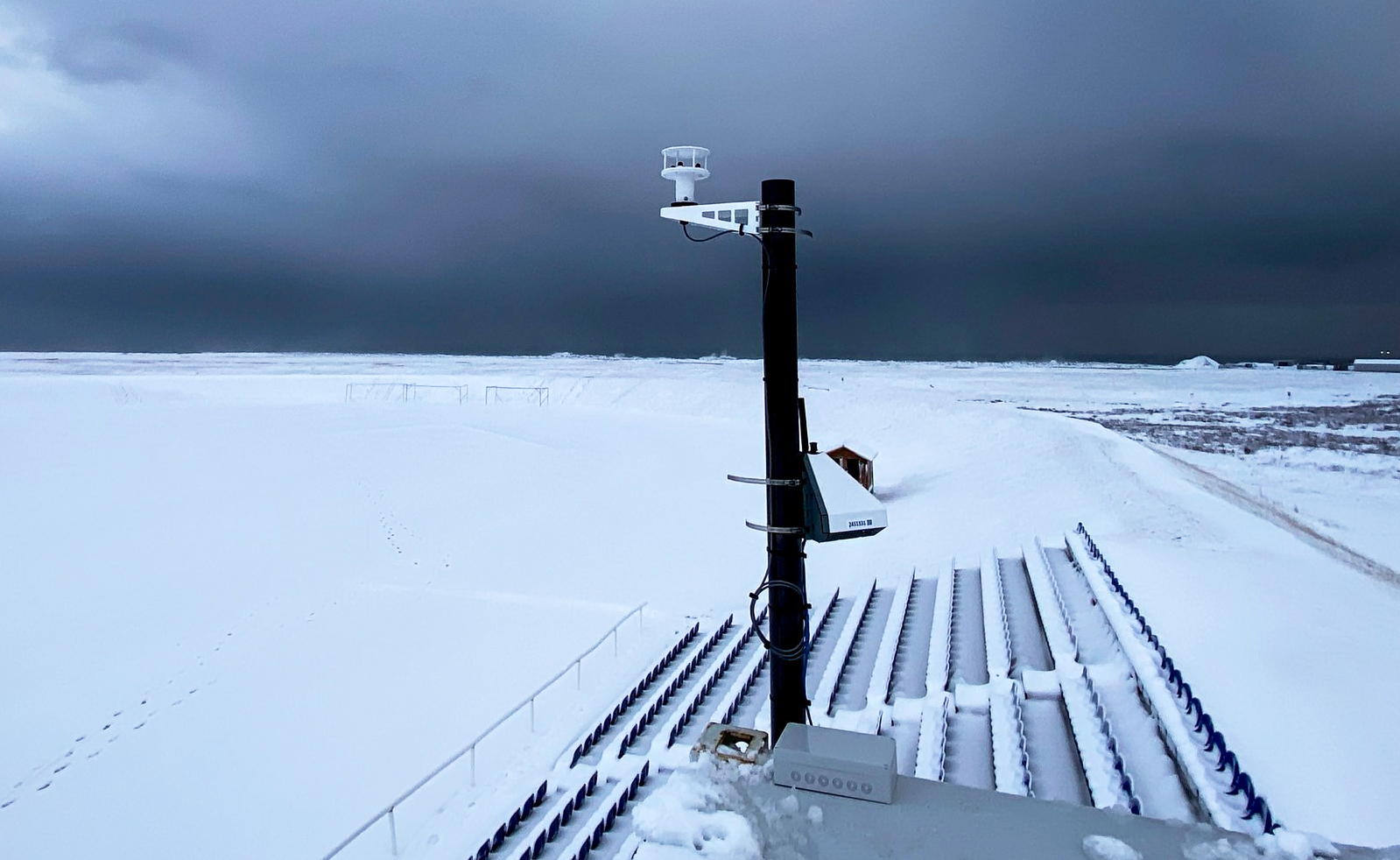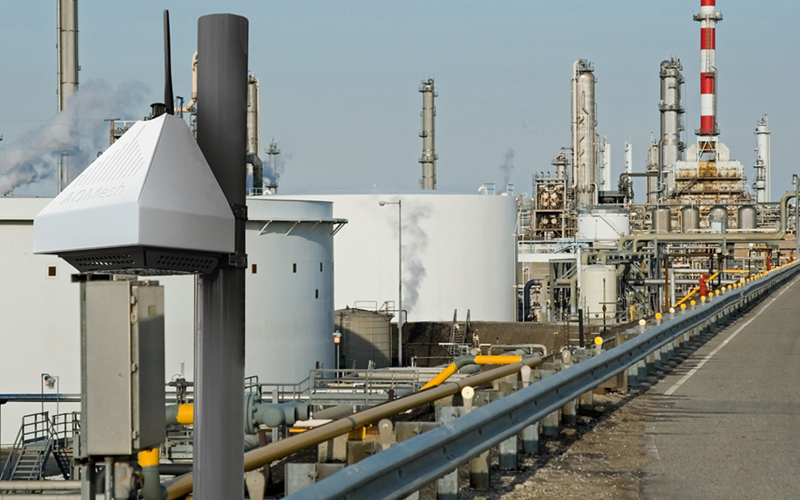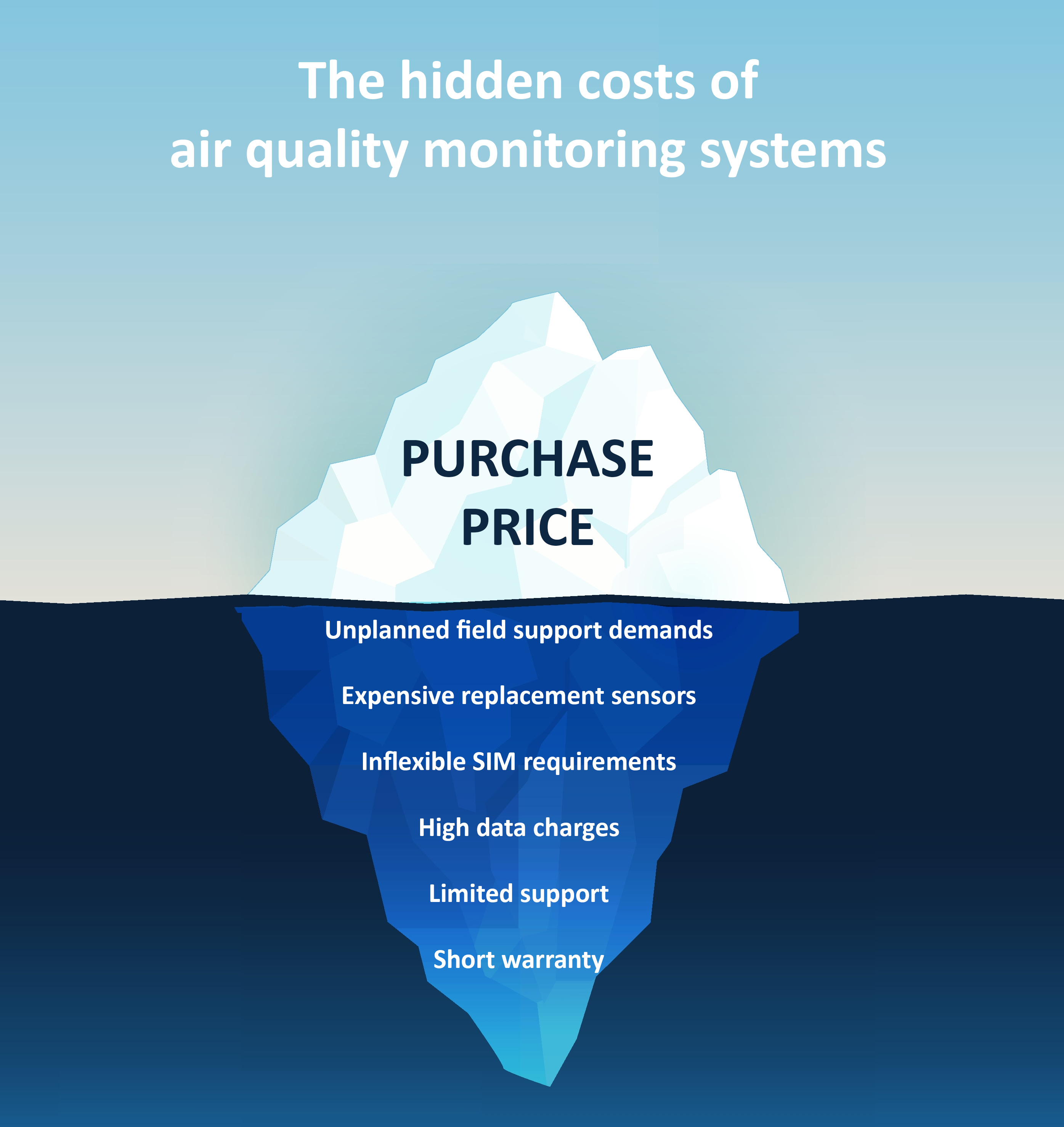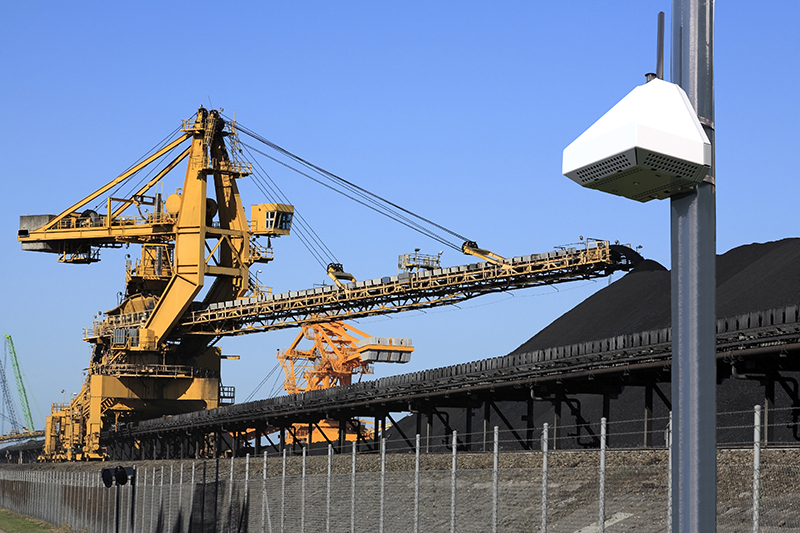 A wide range of industrial operators, including mining, construction, ports, landfill and the oil and gas industry, are looking more closely at the air quality on and around their operational sites. This is increasingly driven by legislation, Environmental, Social and Governance (ESG) ambitions, to establish a baseline, or to understand and manage potential pollution sources.
A wide range of industrial operators, including mining, construction, ports, landfill and the oil and gas industry, are looking more closely at the air quality on and around their operational sites. This is increasingly driven by legislation, Environmental, Social and Governance (ESG) ambitions, to establish a baseline, or to understand and manage potential pollution sources.
Such operators, also including chemical, processing, agriculture and utilities, are under increasing pressure to carry out environmental monitoring around their perimeter, particularly if they are close to population bases. Boundary monitoring is also important in a situation with several potential pollution sources, as multiple measurement nodes and local wind speed and direction data can identify the distance and direction of different pollution sources, by individual pollutant. Equally important is the ability to distinguish between local pollution sources, where emissions can potentially be managed directly, and regional or background pollution, which will require a different approach.
Health and safety of workers on site is important, as well as the exposure of local communities. Samples of air may be taken for laboratory analysis on an ad hoc or scheduled basis, but this high level of accuracy cannot completely make up for the delays involved. Real-time fenceline pollutant levels can be logged – as frequently as every minute – and used to trigger alerts, as well as maintaining and sharing an ongoing database, showing daily patterns and historical information.
Multi-parameter monitoring points, such as AQMesh, can be mounted individually, with autonomous power (usually solar) and communications (mobile phone network) or installed as a network, with each point measuring a wide range of pollutants. AQMesh pods offer measurements including NO2, SO2, H2S, CO2, CO, TVOC, CH4, PM1, PM2.5, PM4, PM10, total particle count, PM Total, O3, NO, temperature, pressure and RH%. Electrochemical, NDIR and laser sensors are used to measure gases and a bespoke optical particle counter measures particulate matter or dust – vital for many processes, particularly mining and construction, as well as natural events, such as bush fires.
Boundary monitoring around ports and airports can show which of the various operations on and around the site is causing pollution, eg: ships, loading/unloading activity, or transportation on or outside the site. Waste water treatment plants and landfill sites may need to manage odour. Whilst odour is complex, emissions will often contain a range of chemicals, at least one of which can be traced by monitoring around the fence line.
Small sensor, micro or low cost sensors can offer a cost-effective solution for industrial perimeter monitoring, bringing a range of benefits: real-time awareness of air quality changes around a site boundary allows immediate action to be taken. Hyperlocal air quality information can inform feasibility or environmental impact studies. AQMesh has been used by operators across continents and industrial sectors, offering easy installation, low maintenance, and secure, cloud-based access to vital air pollution insights.
For more information on how AQMesh can support your perimeter monitoring requirements please contact the team today.

